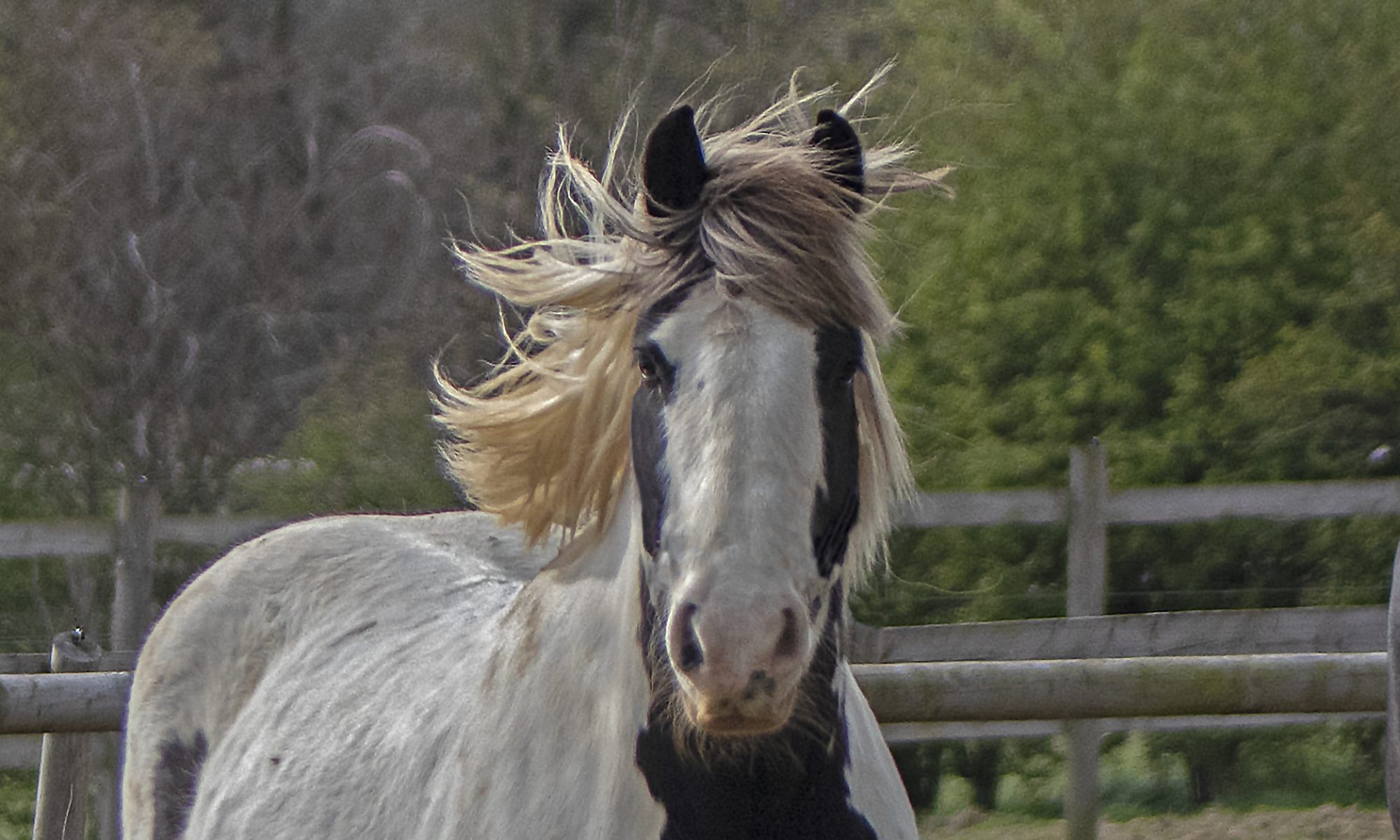noun: choice; plural noun: choices
an act of choosing between two or more possibilities.”the choice between good and evil”
Or in the horse world the choice between doing what is asked to avoid an aversive stimulus or doing what is asked to gain an appetitive or to not engage with us at all. All too often it is only the choice between a rock and a hard place. So do as I say or there will be aversive consequences.
An example is liberty work.
Definition of liberty:-
1 : the quality or state of being free:
a : the power to do as one pleases
b : freedom from physical restraint
c : freedom from arbitrary or despotic control
d : the positive enjoyment of various social, political, or economic rights and privileges
e : the power of choice
https://www.merriam-webster.com/dictionary/liberty
So how much freedom of choice do our horses have when we have them constrained by a halter and rope.
Are they really free or are they tied to us by arbitrary or despotic control e.g do they stay as the consequences of leaving are unpleasant – so if we train online first the horse may learn that he has no choice but to stay or he will be “corrected” (a euphemism for punishment). What do you do if your horse decides he doesn’t want to do what you wish him to do? That is the key, do you just think of a better way to phrase the question or do you “correct “ and insist he comes back?
Of course they may stay as the reward is worth staying for, however with positive reinforcement they often stay as they enjoy what they are doing – that in itself becomes rewarding.
If my horse decides to leave he is free to do so. I then have to think “why” has he left. Is what we are doing not enjoyable or is the reinforcement not salient enough or can he not do the behaviour due to some physical reason or does he not understand?
If a horse is trained with aversive stimuli he soon learns how to avoid or escape those stimuli. This can result in conditioned suppression or even learned helplessness or hypervigilance.
hyper-vigilance – the animal learns to become super-vigilant and watches the trainer’s every nuance so that he can respond – again, this is still a form of trying to get the trainer to stop or reduce the amount of negative reinforcement but because the animal appears so active, (‘on-his-toes, you might say) this is unfortunately so often interpreted as keenness for training.
conditioned suppression – horses learn to suppress normal behaviour when the conditioned aversive is present. It is measured by comparing the rates of behaviour with and without the presence of the conditioned aversive (i.e., using a suppression ratio).
learned helplessness – this can occur when a horse is subjected to aversive stimuli but is unable to escape through being in a round pen or online. Learned helplessness may happen when a horse perceives he has no control over anything and what ever he does results in an aversive event – punishment or negative reinforcement so he gives up try to escape from the aversive stimuli.
Learned helplessness can be gradual – e.g riding school horses may learn that what ever they do doesn’t stop the kicking and pulling so give up trying to escape the aversive stimuli and appear quiet and suitable for the novice rider.
Other horses in the same situation may develop avoidance behaviours such as bucking, kicking, rearing.
Flooding and Learned Helplessness in horse training- what it is and how to recognise it.
